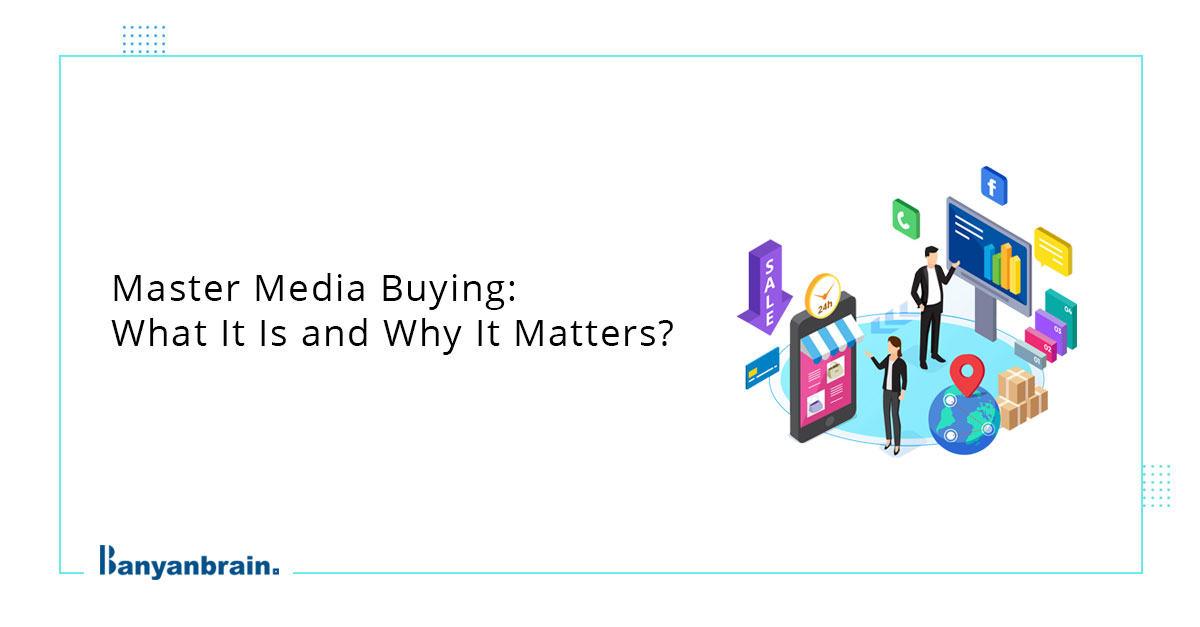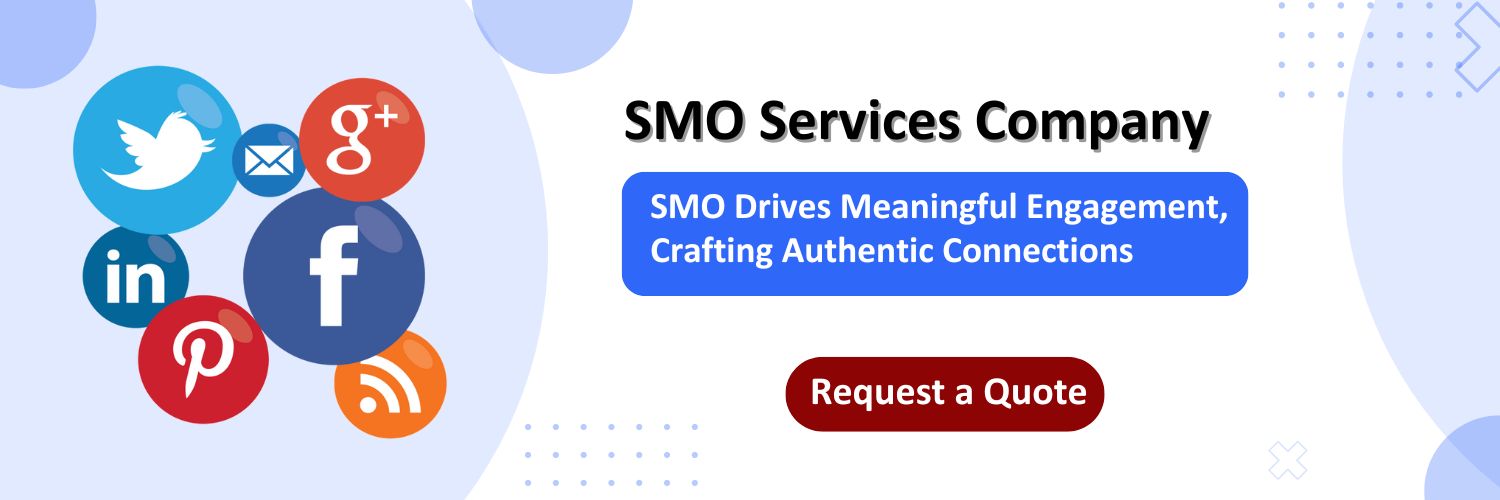You can purchase ad space on a different platform by identifying your target audience at an ideal time with a minimal amount of money. Media buying will help you reach your target audience through ads on different platforms and help you gain visibility, more engagement, and generate more traffic, which will eventually drive more sales. In this blog, we will learn about what media buying is and how it works, how you can build media buying, and the major difference between media planning and media buying.
What is media buying, and how does it work?
Effective media buying allows your business to reach its target audience by placing ads on a different platform, which will be the most beneficial. This is one of the effective strategies PPC service providers utilize to gain traction. It also allows you to save money and guarantees your investment, helping you to gain the best possible results. Media buying significantly works with both traditional and digital channels, and the media buyer needs to bargain with different media outlets to make advertising within their fixed budget.
Media buying works on an automated strategy that involves three major components:
- Top social media optimization agencies and digital marketing firms use ad companies to maintain and manage their optimized ad campaigns, which are supported by demand-side platforms.
- Generally, publishers list the available space they have to maximize their cost by selling their inventory to the top offer using a supply-side platform.
- With the help of an ad exchange marketplace, advertisers and publishers can exchange their advertising inventory.
What is the importance of media buying?
Media buying plays a crucial role in building your ad campaign, and you need to focus on when and where to place the ads to get more instant results that will help you to gain more engagement and drive more sales. Having eye-catching visuals helps to attract your target audience and gradually boost your success results.
With the help of SEO management services, media buyers must ensure that their ads reach the desired target audience. You need to place the ads where you can gain the most effective organic traffic, which maximizes the revenue rate. For example, if you want to run your ads on a radio station, you need to select the peak time when the most listeners are active on that platform, which will help the audience get familiar with your services and products.
Let’s talk about the importance of media buying:
- Maintaining a good relationship with the advertiser can help you get the best deal. If you have a good knowledge of bargaining, you can also get the most valuable deals, which can maximize the value of your investment.
- Focusing on where and when to place your ads can help you get the best slot and the maximum result.
- You need to plan your ad campaign according to the needs and requirements of the clients, which will help you to convert potential customers into the buying customer.
Media buying process
The media buying process is a method of purchasing offline and online media space to run advertisements. It’s a process used by paid marketing agencies. Its goal is to identify and purchase ad space on the relevant channels to target the audience for a specific period at the least amount of charge. It involves selecting media channels, which include TV, radio, the internet, magazines, newspapers, and many others, to spread a specific message to the intended target audience.
Research and analysis: Before creating a media buying strategy, you need to research and analyze the overall media buying process. This will give you insight into the buyers’ needs and demands.
Budgeting: When choosing the platform for placing your ads, you need to plan the budget. Based on your budget, you can only negotiate with the publisher.
Placements of ads: The placement of ads depends on the advertiser, who places your ad unit in different locations on the publisher’s site.
Monitor and optimization: After placing your ad unit on different websites, you need to monitor it to see its performance and optimize it as required. You need to track certain metrics like click-through rates (CTRs), viewability, reach, impressions, conversion rates, and leads generated.
Reporting to the client: You need to report performance results to the client after you finish monitoring the ads’ and by this you can improve the campaigns more effectively.
These are some of the most critical aspects that include the target market, choosing appropriate multiple media that may help in reaching the target audience, bargaining on charges, planning time for placing advertisements, and determining their effectiveness. Media buyers study the behavior and habits of the audience.
Then, they select channels most appropriate for the campaign objectives and negotiate the right price with the media owners. And they manage and analyze the ad to get the best out of it regarding return on investment. An integrated media buying strategy boosts brand awareness, helps to increase sales, and optimizes advertising expenditures.
How to build media buying strategies?
Planning and drafting media buying strategies allows the business to have a seamless experience in placing their ads on different platforms. Let’s see some of the mentioned steps involved in media buying strategies:
Audience targeting: You need to do deep research about your target audience to whom you deliver the content, it is important to place an ad on any platform by keeping your target audience in mind. This will give you an insight into what content you have to make and deliver, you can identify your target audience on the basis of their interest, demographics, and behavior.
Budgeting: Before planning your media buying, you need to know your budget and the amount you can spend on your ads. This step is very crucial as you need to allocate the budget before putting your ads on platforms.
Platform selection: When you are planning the media buying, you need to be assured about the platform on which you want to place your ads or campaign. It is important to see where most of your target audience is and on which platform they are active.
Difference between media buying and media planning
If we talk about the fundamental differences between media buying and media planning, we can consider these as the same but with a difference. The term media planning involves overall strategies involved in media buying. As discussed earlier, it allows businesses to place their ads on different platforms, which helps them grow and gain a target audience.
Media planning ensures a smooth and efficient way of planning that allows the business to increase engagement on its platform. Media planning plays a vital role as after planning all the strategies, and businesses will be able to place their ads on different platforms.
Understand the trends in media buying
Digital marketing trends in media buying are constantly evolving and are driven by technological advancements and changing consumer behaviors toward adapting to technological advancements. Another such trend includes programmatic advertisement managed through AI in digital marketing, which picks ad inventory on behalf of the buyer for better-targeted ad placements. Another change is the trend for omnichannel approaches that consolidate digital, TV, social media, and other out-of-home for well-coordinated consumer experiences.
Digital marketing companies use media buying to promote their business by placing ads on different platforms. With the help of media buying, businesses can reach their target audience, increase brand awareness, and drive more sales. By using effective media buying, companies can target their audience on the right platform at the right time. Using it, top internet marketing service companies can make their brand more visible and quickly achieve long-term success.
Banyanbrain excels in social media optimization, offering tailored solutions to elevate your online presence. Contact Banyanbrain today to achieve your business goals!
FAQs
What does a media buyer do?
A media buyer is purchasing ad space across several platforms to reach a certain audience, negotiating rates, and assuring appropriate ad placement to maximize ROI. They assess consumer data, allocate resources, and choose channels to create effective advertising campaigns that increase engagement, sales, and brand awareness.
What is the importance of media buying?
Media buying is critical for organizations because it allows them to reach their target audience, raise brand awareness, and drive revenue. It enables businesses to save money, secure a return on investment, and maximize their advertising budget, ultimately giving them a competitive advantage in the market.
What are the steps in media buying?
The media buying process entails defining campaign objectives, conducting market research, establishing a budget and timeline, choosing media channels, negotiating ad rates, creating ad content, launching and monitoring the campaign, and analyzing and reporting results to assess campaign success and guide future improvement.
What are the benefits of media buying?
Media buying provides increased brand awareness, targeted advertising, cost-effective reach, measurable results, flexibility in ad placement and budget allocation, access to a diverse range of media channels, and data-driven insights to optimize future campaigns and improve return on investment (ROI).
How do you plan media buying?
When you plan media buying, define campaign objectives, identify target audiences, select media channels, establish budgets and timeframes, develop ad content, negotiate ad rates, and monitor and optimize campaign performance using data analysis and reporting.






